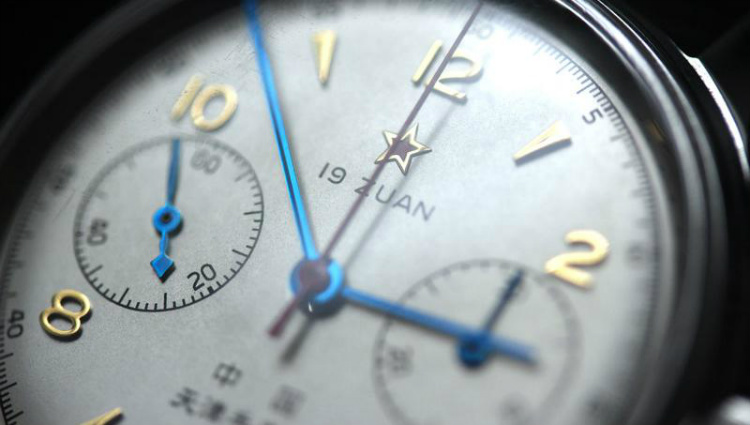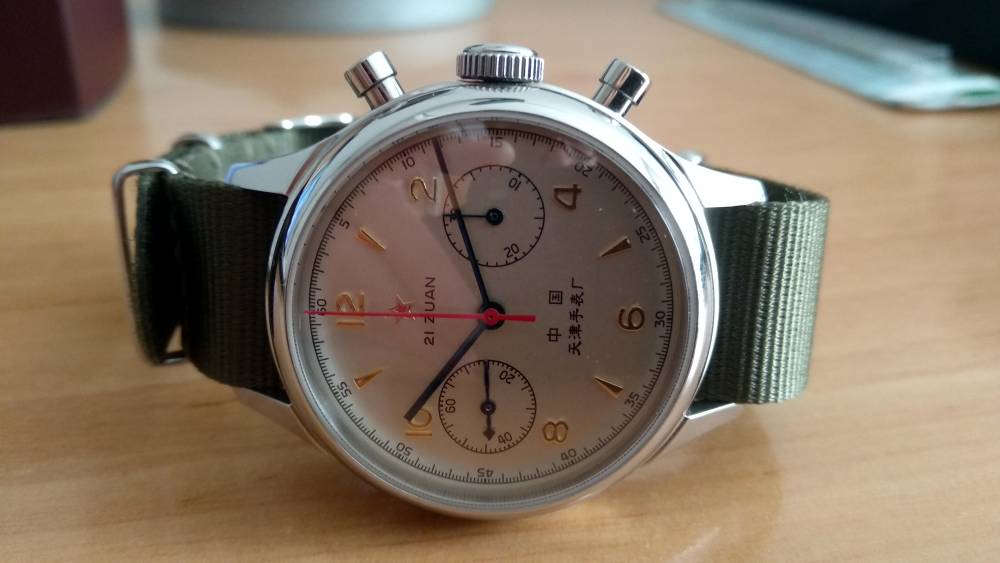What Does “Made in China Mean” Really Mean?
Not long ago, we here at TimesTicking had the pleasure of working on a pocket watch that had made its way to the U.S. via China during the 19th century. It was considered a rare piece because China never truly had their own watch industry until quite recently—the middle of the 20th century to be more precise. With an industry of (primarily) imports when it came to Chinese ownership of watches, not very many Chinese watchmakers (if any existed) had the reach to kickstart a viable industry. Eventually this would change, at the dawn of the Cold War. With an industry that started by bringing in watches from Switzerland, the Chinese government would eventually commission Chinese-made watches. Though China is often more well known for manufacturing inexpensive quartz watch movements today, their own watchmaking prowess is taking hold across China and around the globe.
Key Points in History

A big turning point in China’s horological business came from their trade with Swiss companies in the 19th century. One of the first ones to break into the market was Bovet, which began exporting watches to China in the 1820s. Bovet went on to make customized watches for the likes of rich landowners and even China’s emperor (in 1855). Global conflict following the 19th century, including a civil war and multiple wars with Japan, kept China from realizing their own watch industry. That being said, China was still importing European materials and re-exporting them to various parts of the world. This trend in business would be the roots of their own watchmaking labors.
Post WWII China’s fourth Five Year Plan proposed a Chinese watchmaking industry. Initiatives were started by 1955—and would come to be successful within two years. Imported machining tools from Switzerland and Russia are attributed to the first successful Chinese movements. Two major factories that took over watch production for the Chinese government were the Tianjin factory and the Liaoning factory. However, there were eight factories total when China began its watchmaking endeavor.
Building Originality
Most Chinese movements up until 1965 were exact replicas of Swiss and Russian movements—most of which were designed for domestic use. However, it was in 1965 that the Tianjin factory designed China’s first original watch movement. It was known as the ST5 movement. Fast forward to the 1970s and a Chinese Standard Movement—known as the “Tongji” (unified)—was built. Trying to consolidate the various factories was an effort by the Chinese government to refine Chinese watchmaking. It took the better half of the 1970s to realize the Standard Movement. By then, the rest of the world was moving toward quartz watchmaking.
Quartz watches nearly killed the Chinese watchmaking industry. Everything was pretty much entirely crushed by the mid-1990s. Exporting watch movements kept things thriving, however. As China opened its economy to more and more countries—and began creating a massive export industry—their own watchmakers would start to receive praise. New Millenium markets would continually bolster China’s exports industry.
Today’s China: Making Waves

As of this posting, ~80% of global watch production comes out of China. A lot of what they export is a re-export, which makes up a majority of their horological business. In fact, nearly half of Japanese-branded watches are now manufactured in China. It seems having an inexpensive cost for exports is giving even the Swiss a run for their money. Watch company Tianjin (started in 1957) is getting recognition from the greater horological community for its tourbillon efforts. Their “Seagull” brand watches didn’t really emerge abroad until the 1990s, but that particular brand tends to be the standout with watch connoisseurs. Another original is the Liaoning watch factory and their “Peacock” watches. These two giants have had the biggest influence on original Chinese watchmaking. With China fast-approaching the number-two country in original watchmaking (in terms of both volume and sales) it’ll be fascinating to see their still-budding watch industry’s effect on global watchmaking. Many of their top mechanicals are viewed as competitive with Swiss-built pieces. Time will tell us who the victor will be in excellence as the 21st century moves forward.
Times Ticking has been in operation for more than 30 years, since 1982. We have performed watch repair for customers both locally and internationally. If it Ticks! We KNOW it! Our team of watch repair technicians have a combined experience in watchmaking of over 120 years.

